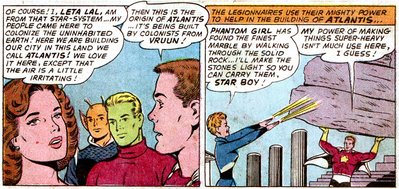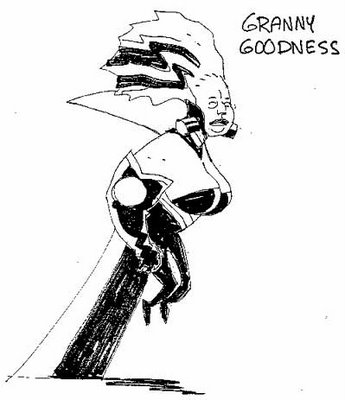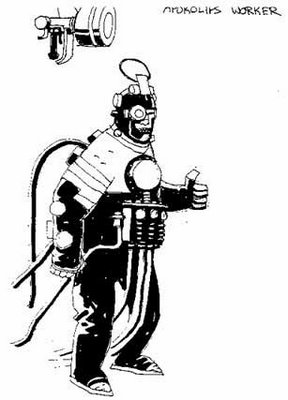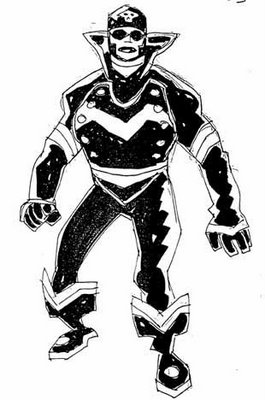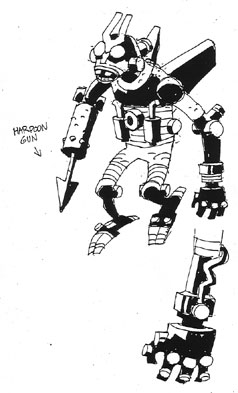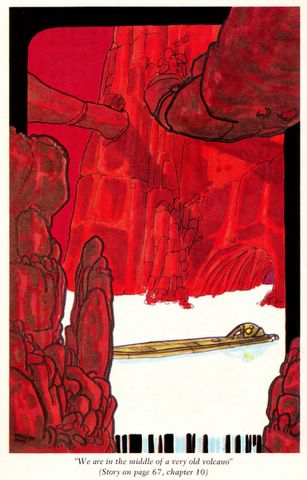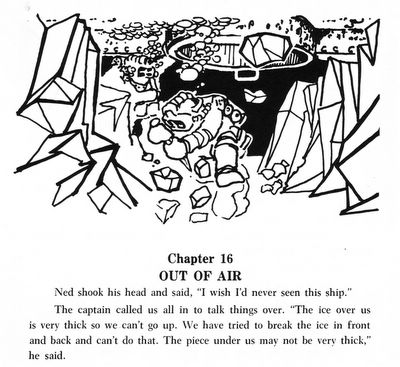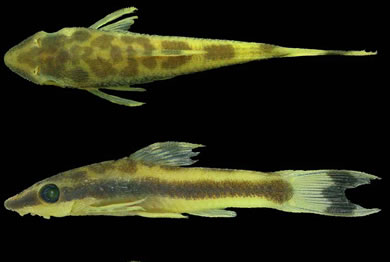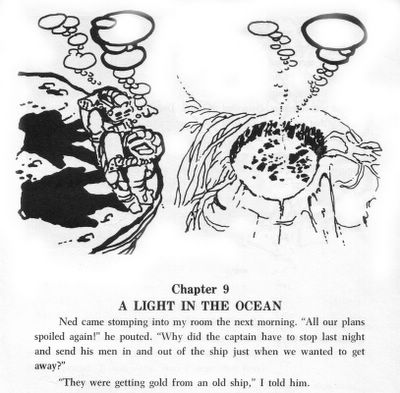
The looking glass
Lewis Carroll (Jan. 27, 1832 – Jan. 14, 1898) was the pen name of(Charles Lutwidge Dodgson), an English logician, mathematician, photographer, and novelist, who wrote Alice's Adventures in Wonderland (1865) and its sequel.After graduating from Christ Church College, Oxford in 1854, Dodgson remained there, lecturing on mathematics and writing treatises until 1881. As a mathematician, Dodgson was conservative. He was the author of a fair number of mathematics books, e.g "A Syllabus of Plane Algebraical Geometry" (1860). As a logician, he was more interested in logic as a game than as an instrument for testing reason. link
The drawings of Alice are from the 1975 portfolio, “Alice.Alice..Alice…By Dean Motter—wonderland in ten regions”, published by Iconoclast Imageworks and distributed by the fondly remembered Bakka Book Stores in Toronto.
I stumbled across this tucked into the upper shelf of a now long-gone book store before Motter had started to make his mark in the comic book field.










